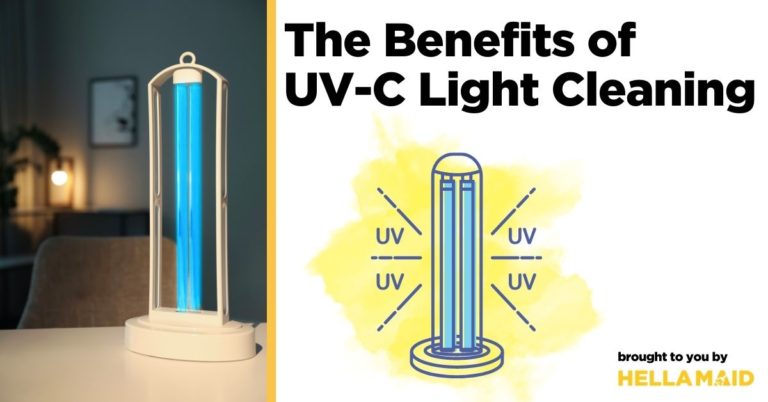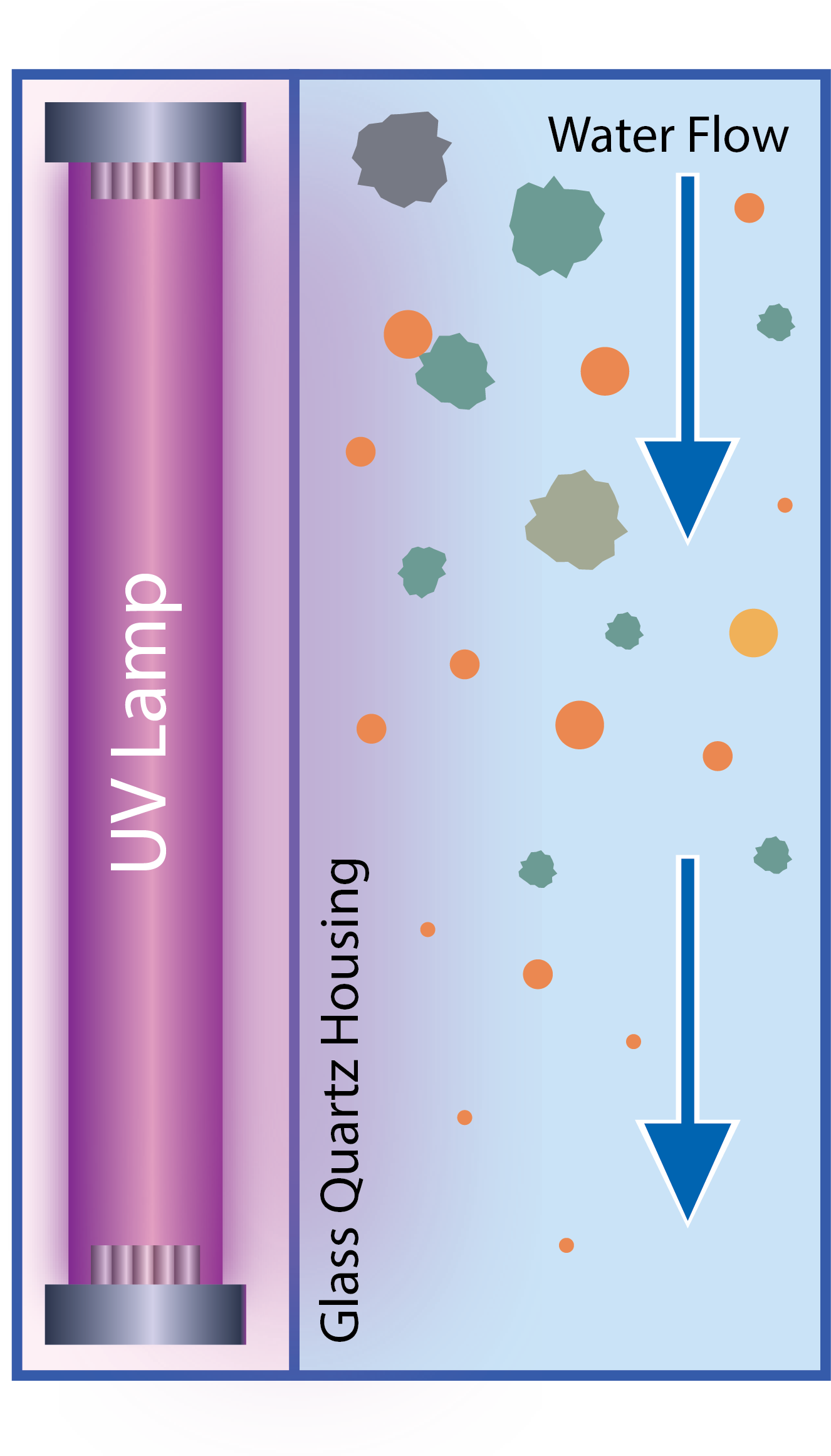The Greatest Guide To Uvc Light
The Greatest Guide To Uvc Light
Blog Article
Some Known Facts About Uvc Light.
Table of ContentsUvc Light Can Be Fun For EveryoneUvc Light Can Be Fun For AnyoneSome Known Details About Uvc Light Uvc Light Can Be Fun For AnyoneAbout Uvc LightUvc Light - An Overview
A new sort of ultraviolet light that may be risk-free for people took less than 5 mins to lower the degree of interior airborne microorganisms by more than 98%, a joint study by researchers at Columbia College Vagelos College of Physicians and Surgeons and in the U.K. has actually located. Even as microorganisms proceeded to be sprayed right into the space, the degree remained really low as long as the lights were on.However previously these researches had actually only been carried out in tiny speculative chambers, not in full-sized rooms mimicking real-world conditions. In the existing study, scientists at the College of St. Andrews, University of Dundee, College of Leeds, and Columbia University tested the effectiveness of far-UVC light in a large room-sized chamber with the very same air flow rate as a common home or workplace (about three air adjustments per hour).
The efficiency of various techniques to reducing indoor virus levels is generally gauged in terms of equivalent air modifications per hour. In this research, far-UVC lights created the equivalent of 184 equal air exchanges per hour. This surpasses any kind of other method to sanitizing occupied interior spaces, where 5 to 20 equal air adjustments per hour is the most effective that can be achieved virtually.
See This Report on Uvc Light

The major criteria of UV-C sanitation are wavelength, dosage, family member moisture, and temperature. There is no consensus concerning their optimum values, however, in general, light at a high dosage and a range of wavelengths consisting of 260 nm is preferred in a setting at area temperature with reduced family member moisture. This light can be produced by mercury-vapour, light-emitting diode (LED), pulsed-xenon, or excimer lamps.
UV-C sanitation systems have appealing features and the potential to boost in the future. UV-C disinfection must currently be thought about for low-level instead than high-level sanitation.
One more application occurred in 1910 when UV light was used to disinfect water. Nowadays, UV light is used for water, air, food, surface area, and clinical equipment disinfection.
The Ultimate Guide To Uvc Light
DNA, RNA, or healthy proteins of a micro-organism take in UV light, with a peak absorbance around 260 nm [6] This results in the disturbance of DNA or RNA, resulting in the inactivation of the micro-organism. UV-C-induced DNA interruption typically includes the bonding of two neighbouring thymine (or cytosine) bases have a peek at this site rather of the traditional connecting of a base with its corresponding base upon the various other hair.

Dark repair service, on the various other hand, needs numerous enzymes and nutrients for power [6] It is very important to know whether last inactivation outcomes have considered the incident of reactivation since it may result in 60% of the achieved inactivation being turned around [7] Furthermore, anomalies can arise upon UV-C direct exposure considering that this exposure can cause the source of intra-strand cyclobutyl-pyrimidine dimers in DNA [ 6] The UV-C area is used for disinfection yet there is no agreement on the exact optimal wavelength. Bacterial DNA and RNA have peak absorbances of light at 260265 nm and around 260 nm, specifically [6] Consequently light at 260 nm can create the most disruption. Various micro-organisms are most at risk to a little different wavelengths.
Uvc Light Fundamentals Explained
On the various other hand, it has technical effects given that the complete power of the light beam is after that separated over all existing wavelengths. A micro-organism that is prone to 254 nm light will certainly be inactivated extra by a light that produces solely light at 254 nm than a light that releases a wavelength range at equal total power.
Exposure times of 1045 min for space disinfection and 25 s to 5 min for medical devices were encountered in literary works. The intensity is vice versa symmetrical to the settled distance in between the light source and the surface area over here and is consequently specified at the surface in the dosage computation formula [14]
Even more, the outcome of a lamp decreases over time, so it is recommended to compute the dose at the end of light life, which is representative of a worst-case scenario. The dosage likewise affects the amount of photoreactivation.
The influence of temperature depends on the light resource.
Getting My Uvc Light To Work


This Look At This is referred to as far UV-C technology and is a fairly brand-new sanitation method with restricted knowledge concerning its effectiveness. This makes it riskier to completely rely on this innovation for sanitation in the healthcare facility and it is therefore not extensively made use of [21] However, it additionally has benefits such as a minimized risk for usage near people as a result of a lower penetration deepness right into the skin and eyes [ 26]
In research, the outcomes on pulsed versus continuous UV-C disinfection effectiveness vary. When contrasting pulsed and constant light it is essential to keep other variables such as wavelength and dose continuous. Nyangaresi et al. and Sholtes et al. both located that pulsed or continuous light emitted by LEDs resulted in similar log10 decreases [15,28]
Getting The Uvc Light To Work
In case ozone is not required for sanitation, a customized light can be made use of. For mercury-vapour lights, doped quartz glass or specialized soft glass can strain short-wave UV-C light. For pulsed-xenon, doped quartz can be used as well [30] UV-C has encouraging features for disinfection such as automated disinfection, being much less time-consuming than commonly made use of guidebook or chemical sanitations, leaving no hazardous residuals, and being eco friendly (if no mercury-vapour lights are utilized) [31,32]
Report this page